L12 Anesthetics (General and local)
General anesthetics
- Analgesia 镇痛
- Amnesia 失忆,健忘
- Loss of consciousness
- Inhibition of sensory and autonomic reflexes
- Skeletal muscle relaxation
An ideal anesthetic
- A smooth and rapid loss of consciousness
- A prompt recovery after its administration is discontinued
- A wide margin of safety and be devoid of adverse effects
Stages of Anesthesia
From observations of the effects of inhaled diethyl ether, anesthetic effects on the brain can be divided into four stages:
I. Stage of analgesia: The patient initially experiences analgesia without amnesia. Later in stage I, both analgesia and amnesia are produced
II. Stage of excitement: The patient often appears to be delirious (精神错乱) and may vocalize but is definitely amnesic. Respiration is irregular both in volume and rate, and retching and vomiting may occur.
III. Stage of surgical anesthesia: This stage begins with the recurrence of regular respiration and extends to complete cessation of spontaneous respiration (apnea). Four planes of stage III have been described in terms of changes in ocular movements, eye reflexes, and pupil size, which may represent signs of increasing depth of anesthesia.
IV. Stage of medullary depression: This deep stage of anesthesia includes severe depression of the CNS, including the vasomotor center in the medulla, as well as the respiratory center in the brain stem. Without circulatory and respiratory support, death rapidly happens.
Introduction of General Anesthetics
Putative targets of anesthetic action
1. Enhance inhibitory synaptic activity
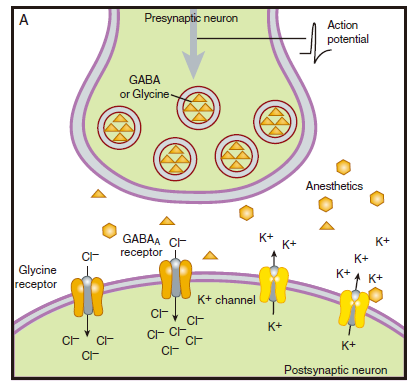
- Enhance GABA/Glycine receptor
2. Decrease excitatory synaptic activity
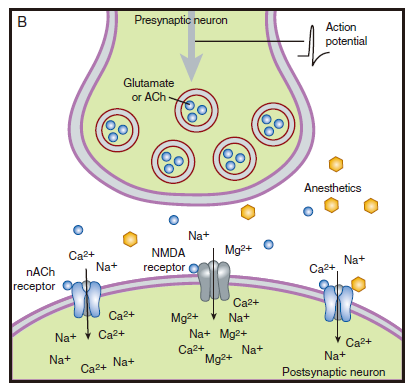
- Inhibit glutamate receptors, nACh receptors
Type of General Anesthesia (route of administration)
1. Intravenous Anesthetics 静脉麻醉
Some drugs:
- barbiturates (eg, thiopental, methohexital)
- benzodiazepines (eg, midazolam, diazepam)
- Propofol (GABA receptor agonist/potentiator)
- Ketamine (NMDA receptor repression)
- opioid analgesics (morphine, fentanyl)
- miscellaneous sedative-hypnotics (eg, etomidate)

Redistribution of thiopental after an intravenous bolus administration
Propofol (Diprivan): Potentiate GABA and inhibit Sodium channel
- Mechanism similar to ethanol
- Rapid onset and recovery
- Antiemetic activity (止吐活性)

Short-acting barbiturates
- Thiopental (Pentothal)
Benzodiazepines
- Midazolam
Ketamine (a CNS suppressant that can be abused)
- Block glutamate receptors
- Dissociative anesthesia:
- Catatonia, analgesia, and amnesia without loss of consciousness
- Cardiac stimulant
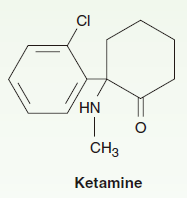
Etomidate: a GABA receptor modulator
- Non-barbiturate
- Rapid onset
- Minimal cardiovascular and respiratory toxicities
- High incidence of nausea and vomiting

2. The Inhaled Anesthetics 吸入麻醉
The most commonly used inhaled anesthetics are isoflurane, desflurane, and sevoflurane, as well as nitrous oxide.
These compounds are volatile liquids that are aerosolized in specialized vaporizer delivery systems.

- Gaseous or Volatile
- brain uptake
- tissue distribution
Mechanism still unknown, But physical interaction such as swelling of nerve cell membranes from gas solution in the lipid bilayer may be operative
Mechanism of Action? (Possible action mechanisms)
- To activate GABA
Areceptor-chloride channel - To activate glycine receptor
- To inhibit NMDA channel receptor
- To inhibit nicotinic acetylcholine receptor isoforms
Solubility
The inhaled anesthesia need to be soluable in blood
Solubility
- One of the most important factors influencing the transfer of an anesthetic from the lungs to the arterial blood is its solubility.
- The blood:gas partition coefficient is a useful index of solubility and defines the relative affinity of an anesthetic for the blood compared with that of inspired gas. The partition coefficients for desflurane and nitrous oxide, which are relatively insoluble in blood, are extremely low.
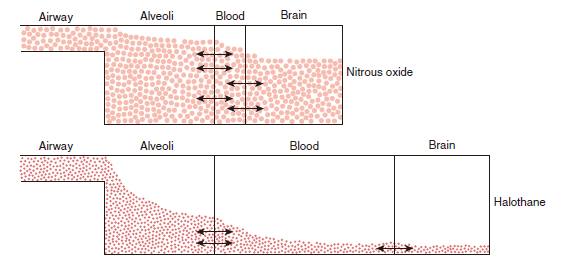
Why induction of anesthesia is slower with more soluble anesthetic gases.
- Solubility in blood is represented by the relative size of the blood compartment (the more soluble, the larger the compartment).
- Relative partial pressures of the agents in the compartments are indicated by the degree of filling of each compartment.
- For a given concentration or partial pressure of the two anesthetic gases in the inspired air, it will take much longer for the blood partial pressure of the more soluble gas (halothane) to rise to the same partial pressure as in the alveoli. Since the concentration of the anesthetic agent in the brain can rise no faster than the concentration in the blood, the onset of anesthesia will be slower with halothane than with nitrous oxide.
3. Balanced Anesthesia 复合麻醉
Although general anesthesia can be produced using only intravenous or only inhaled anesthetic drugs, modern anesthesia typically involves a combination of intravenous (eg, for induction of anesthesia) and inhaled (eg, for maintenance of anesthesia) drugs.
However, volatile anesthetics (eg, sevoflurane) can also be used for induction of anesthesia, and intravenous anesthetics (eg, propofol) can be infused for maintenance of anesthesia
Local Anesthetics 局部麻醉
Overview
- Local anesthetics produce a transient and reversible loss of sensation (analgesia) in a circumscribed region of the body without loss of consciousness.
- Normally, the process is completely reversible.
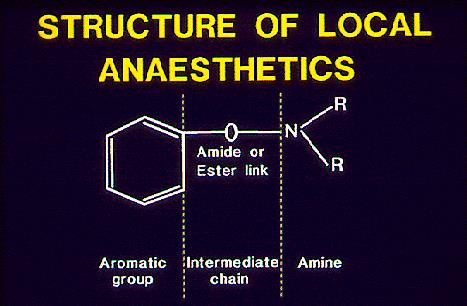
Local anesthetics esters or amides
- a lipophilic aromatic group
- to a hydrophilic, ionizable amine
- Most are weak bases
Classification of LA
Esters
- Benzocaine
- Procaine
- Proparacaine

Amide
- Bupivacaine
- Levobupivacaine
- Lidocaine/Lignocaine
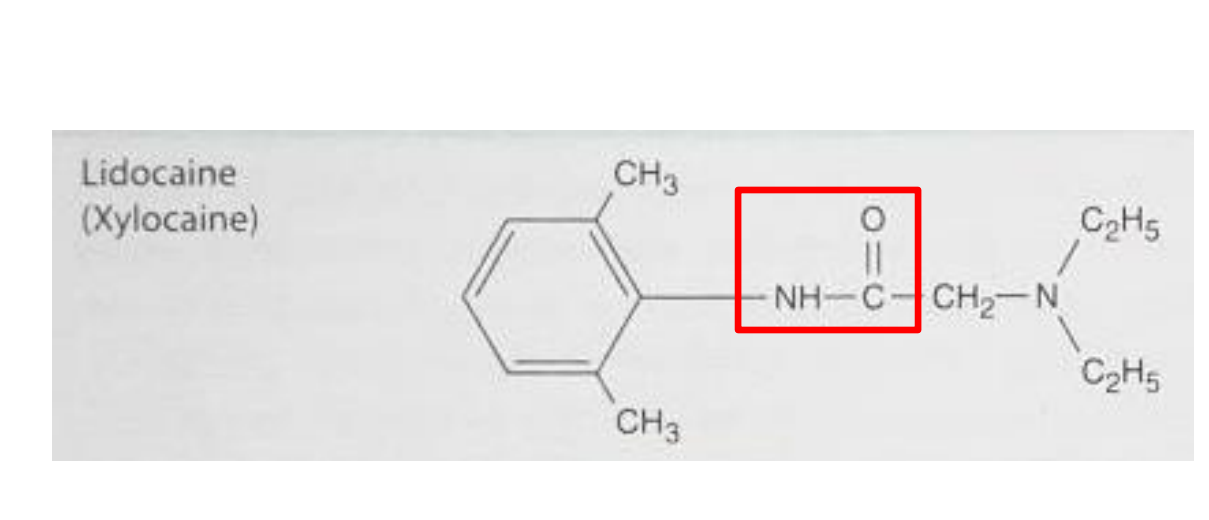
Mechanism of LAs
Block inititation and propagation of action potential
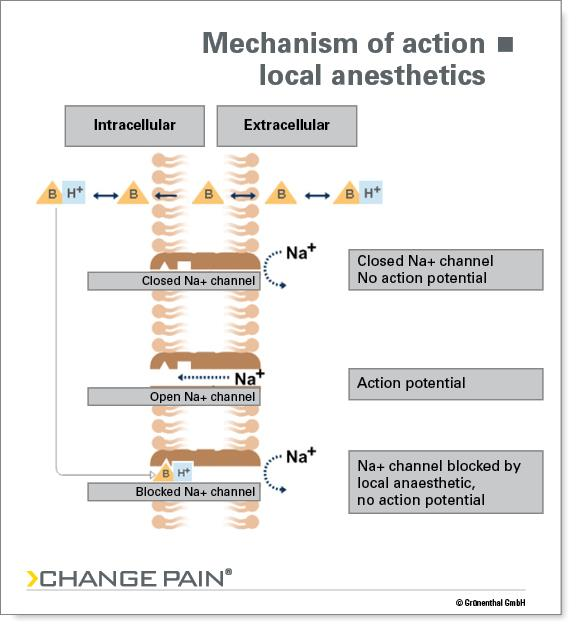
Paths of LA to target site

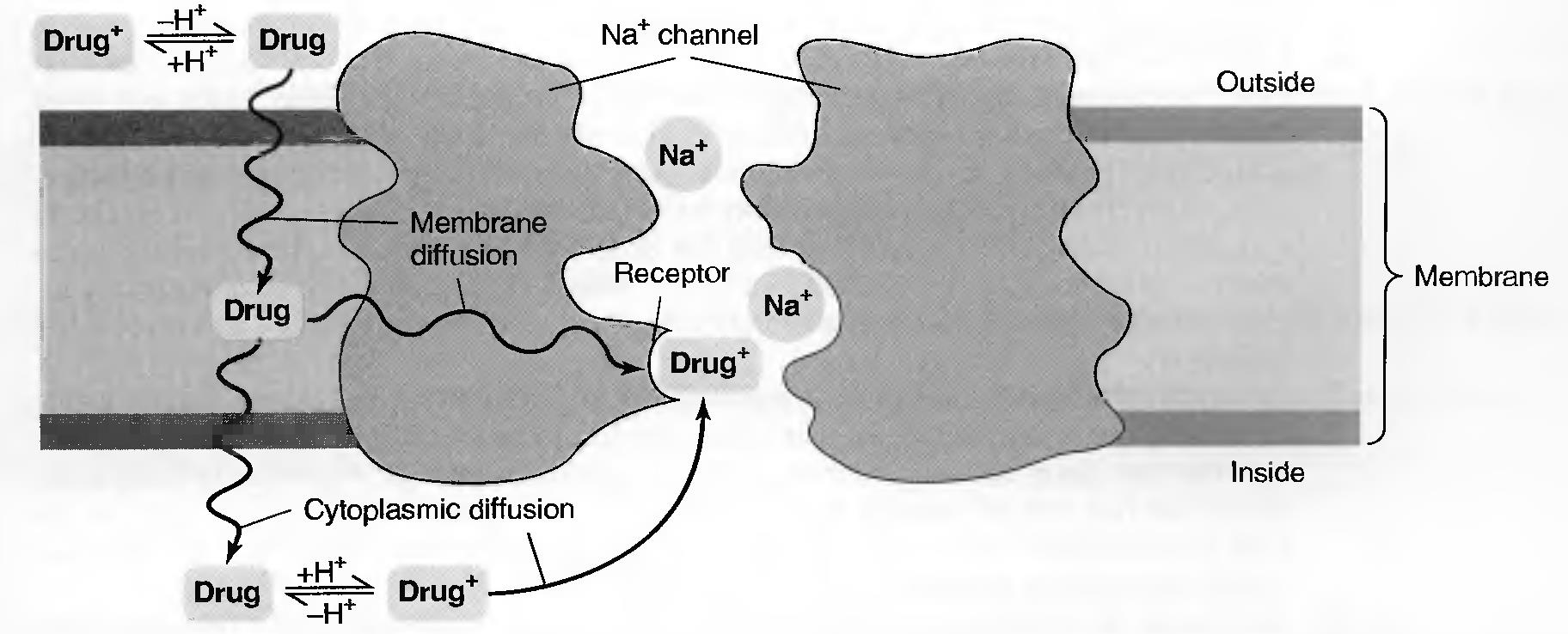
Local anesthetics gain access to the inner axonal membrane by
- traversing sodium channels while they are more often in an open configuration
- passage directly through the plasma membrane
Sequence of clinical anesthesia
- Sympathetic block (vasodilatation) 交感神经阻滞
- Loss of pain and temperature sensation 疼痛和体温感觉丧失
- Loss of proprioception 肌肉运动知觉的丧失
- Proprioception: the reception of stimuli produced within the organism
- Loss of touch and pressure sensation 失去触觉和压力感
- Loss of motor function (Somatic) 运动功能的损失(躯体)
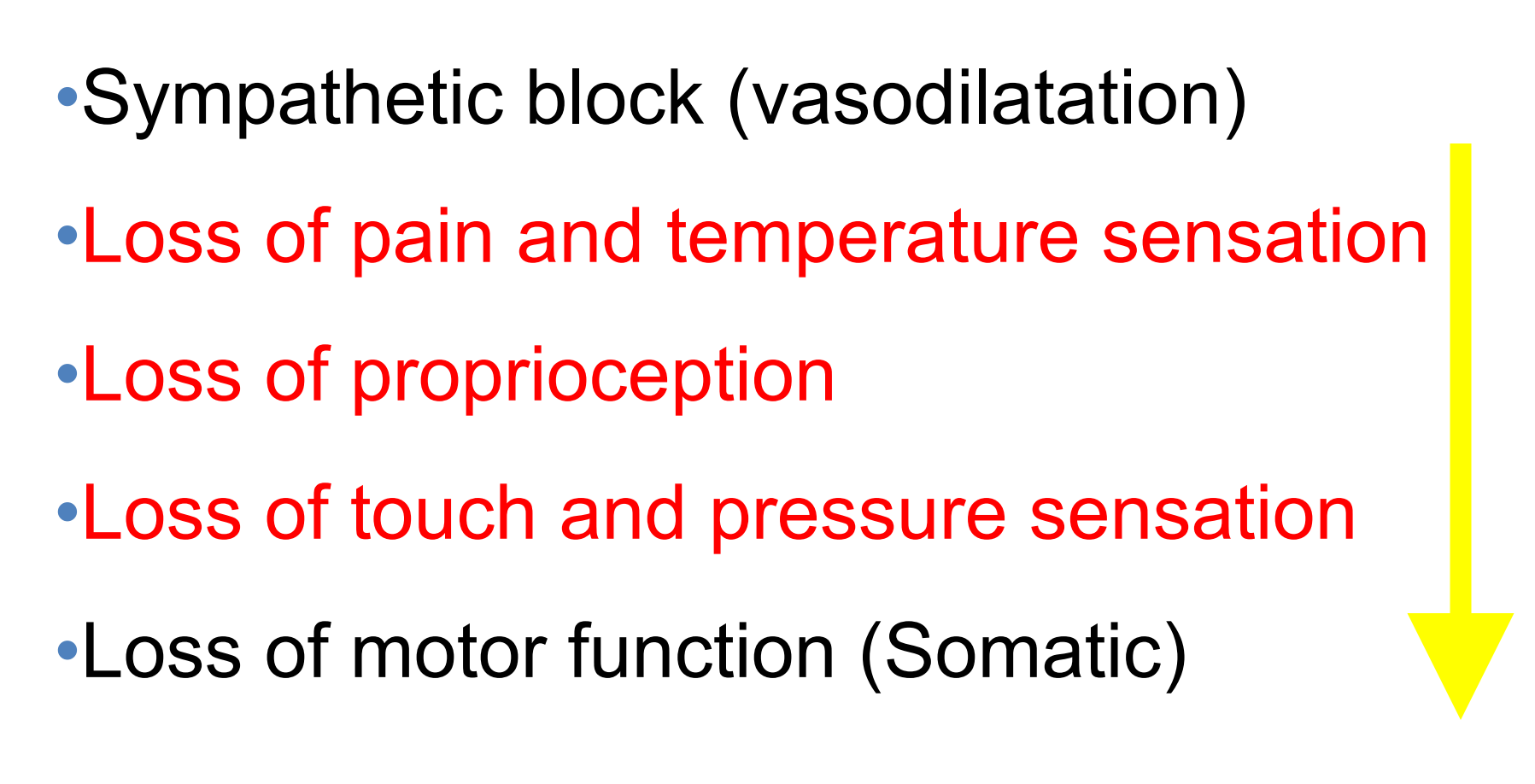
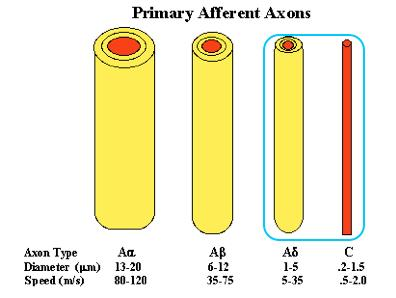
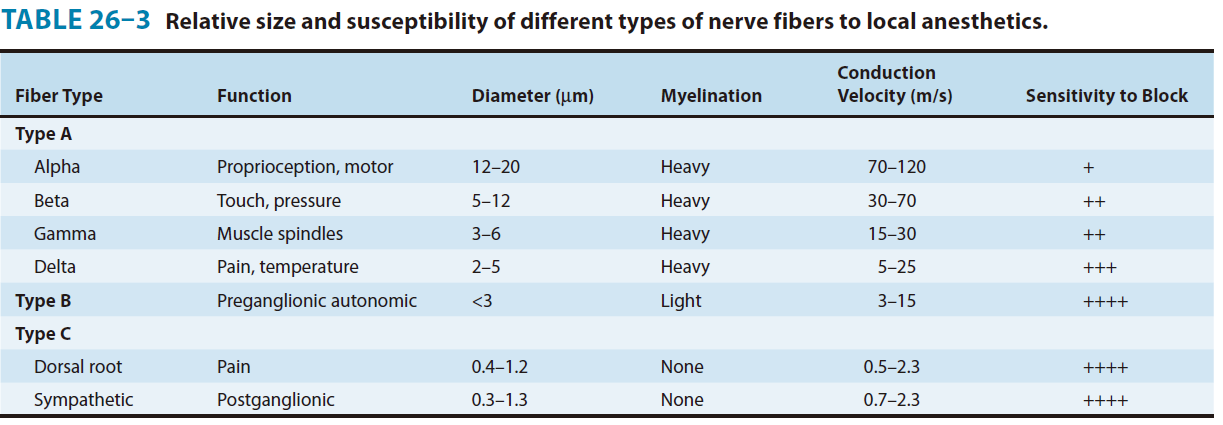
Anesthetic Potency
Potency = lipid solubility
Higher solubility = can use a lower concentration and reduce potential for toxicity
Duration Of Action
Duration = protein binding
Bupivacaine 95%; Lidocaine 65%
Pharmacokinetics
Effective within 5 min
Duration of action - 1~1.5 h
Activity is pH dependent
Increased action in acidic pH
Route of administration for LA
1. Infiltration anesthesia
局部浸润麻醉
2. Regional anesthesia
Nerve block 神经传导阻滞
- Inject a drug around the nerve
- Anaesthetise a region

Extradural (Extradural/epidural) 硬膜外麻醉
- Thoracic, lumbar, sacral
- Act on nerve roots
- No hypotention
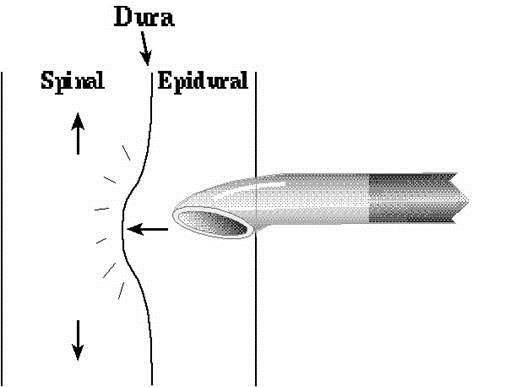
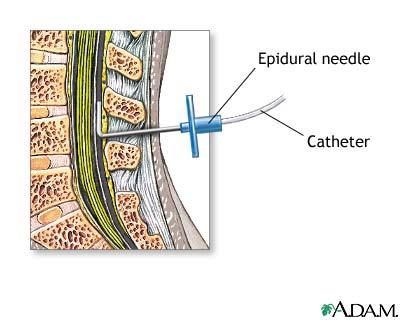
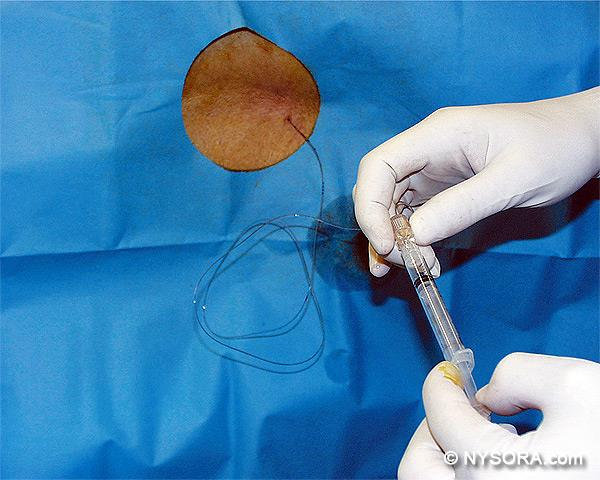
Intrathecal block/ spinal anaesthesia 椎管内阻滞或脊髓麻醉
- Sympathetic nerve block
- hypotension
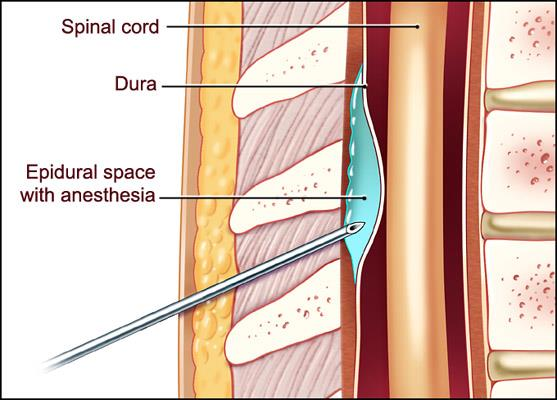
3. Surface anesthesia 表面麻醉
On intact skin – eutectic mixture of bases of prilocaine (EMLA)
Slow absorption
Systemic Toxicity
Blockage of voltaged-gated Na channel affects action potential propagation throughout the body
Potential is present for systemic toxicity